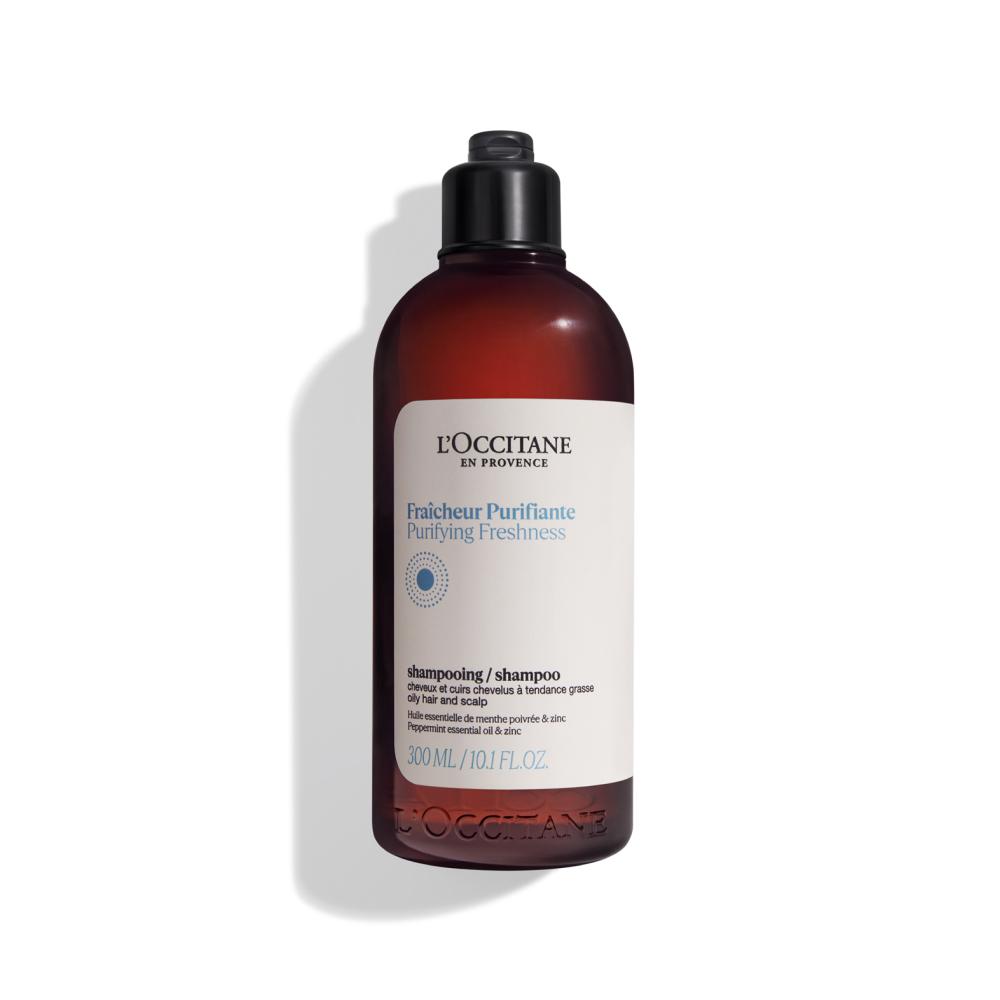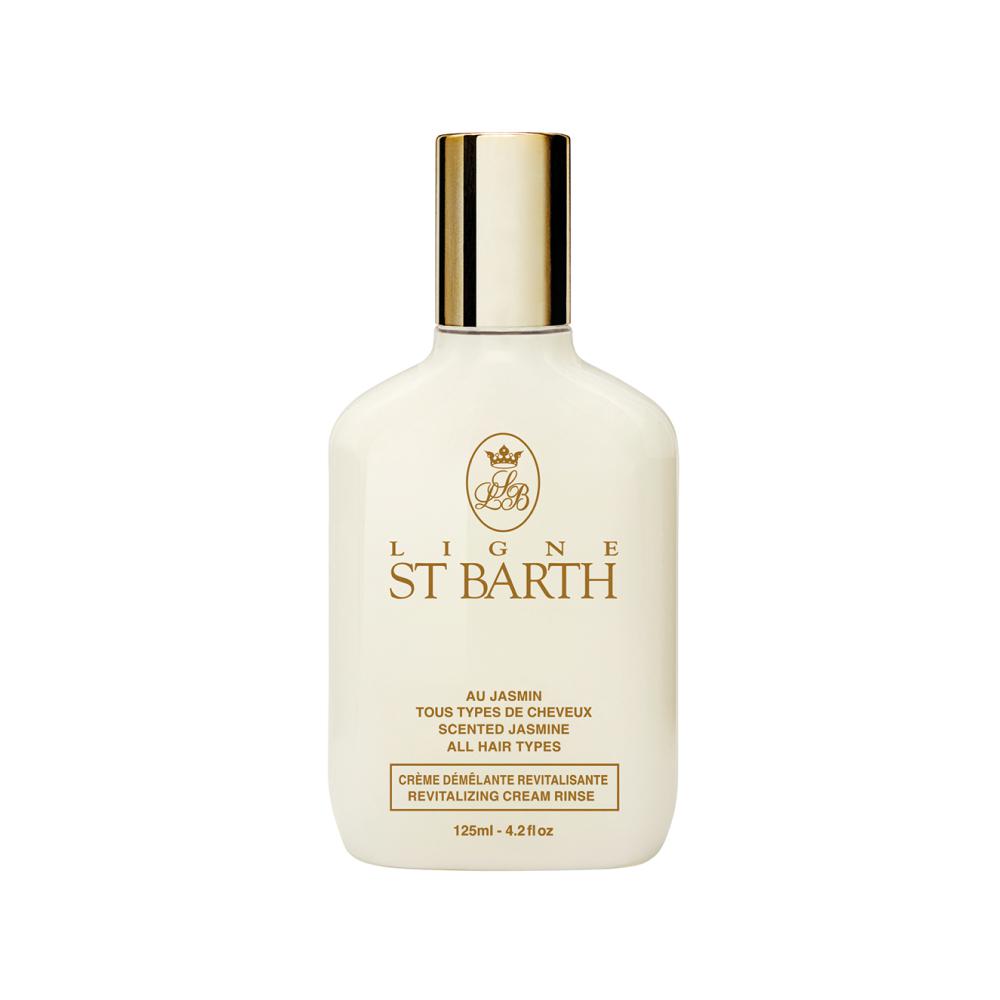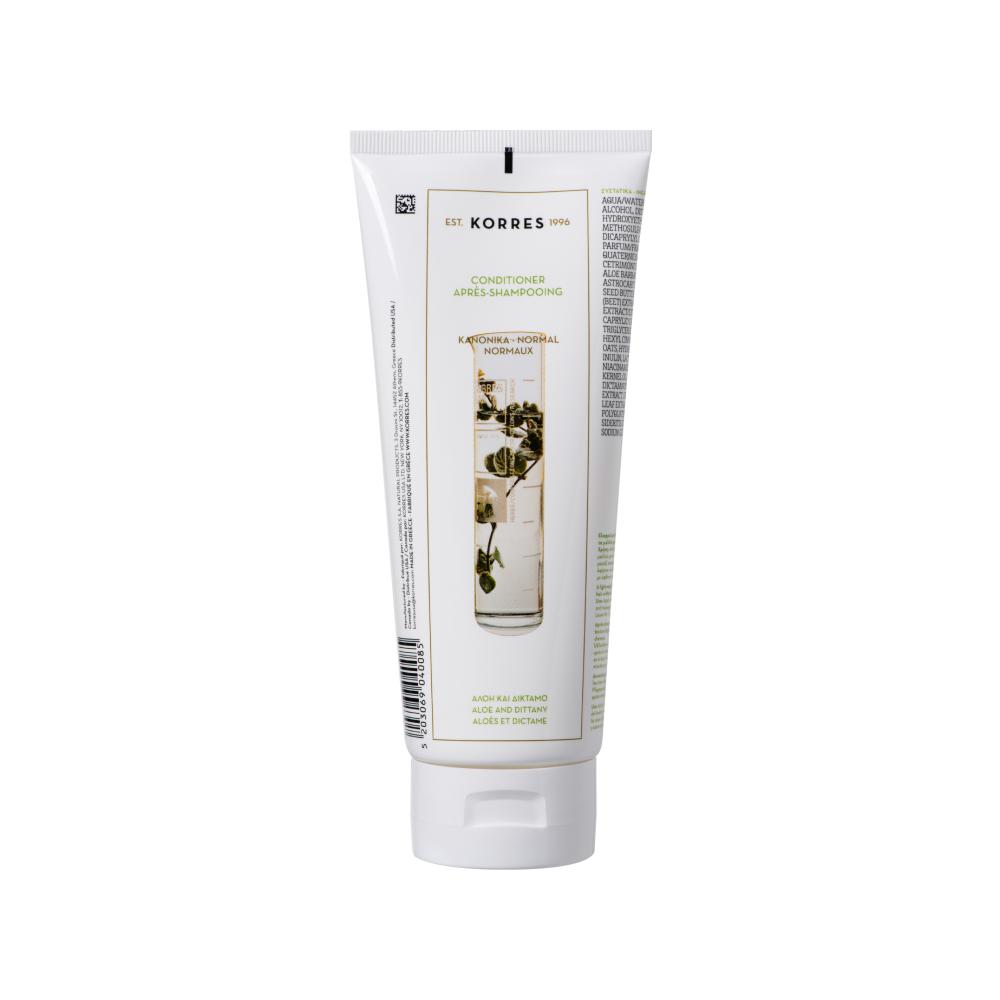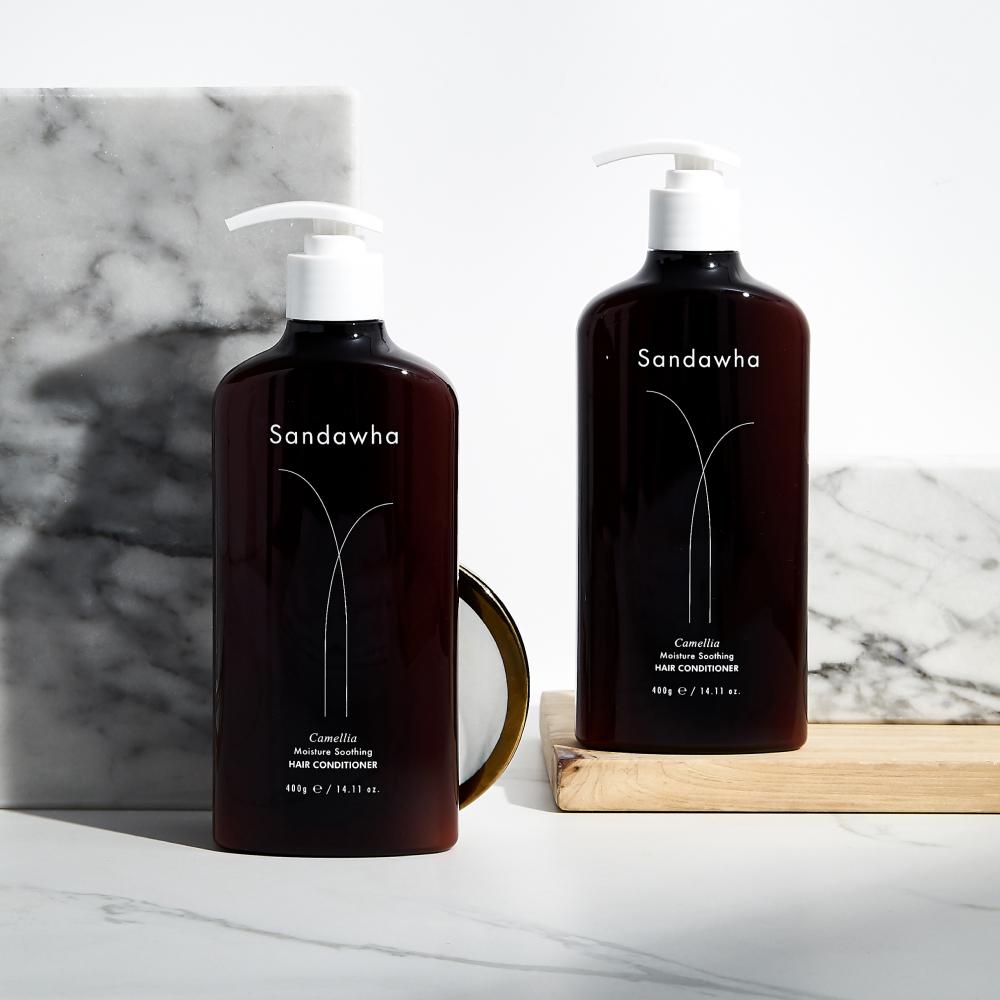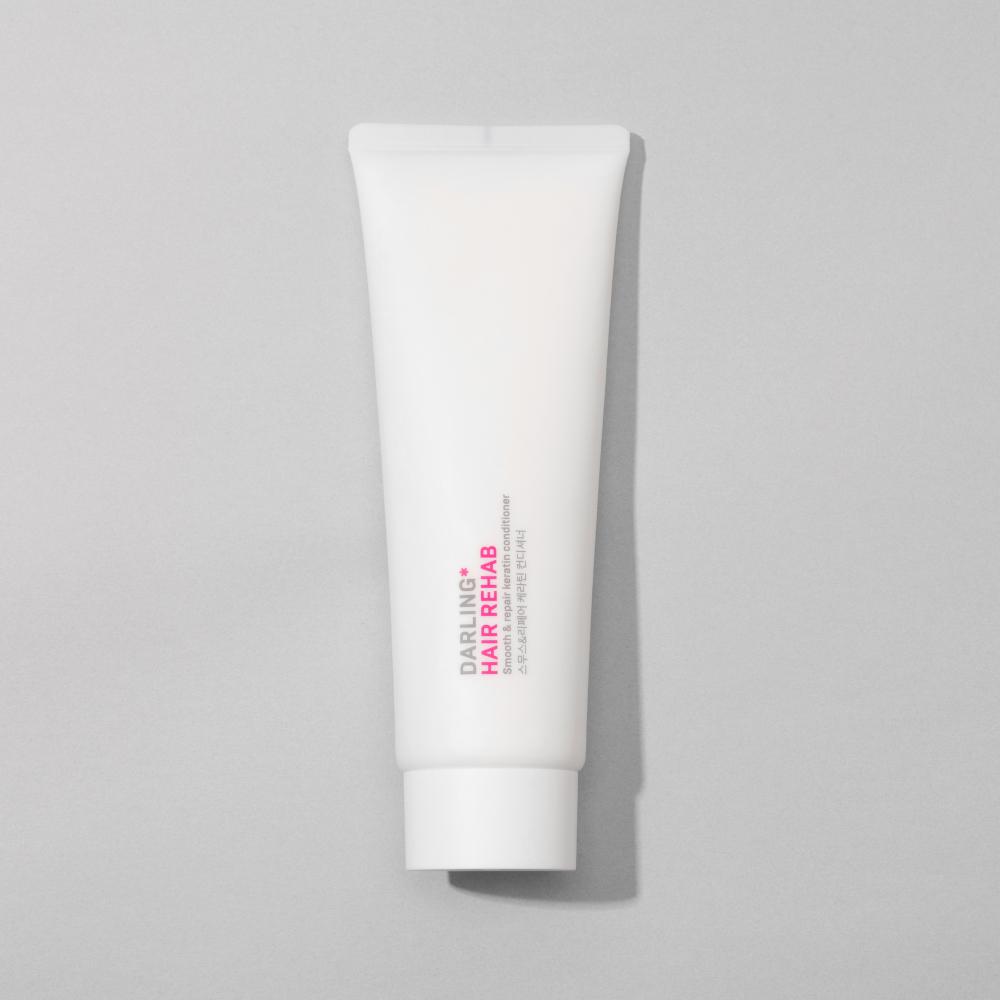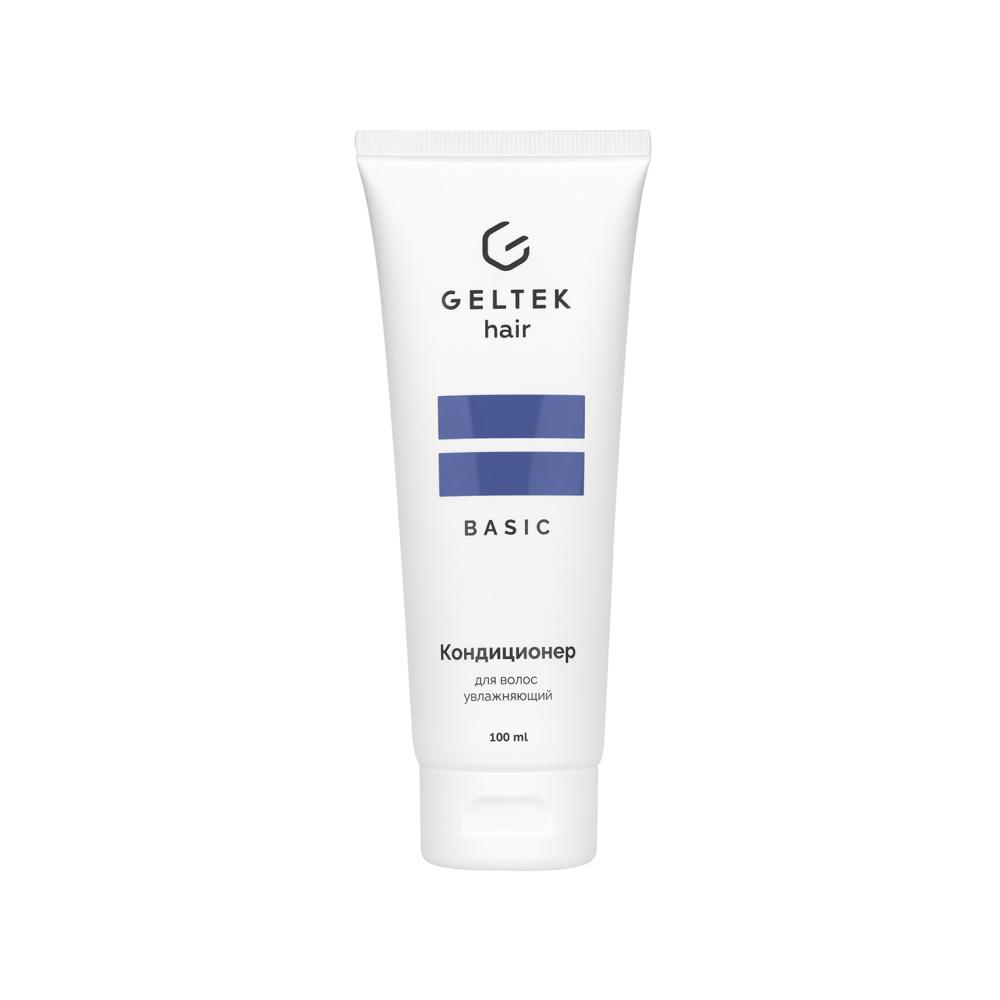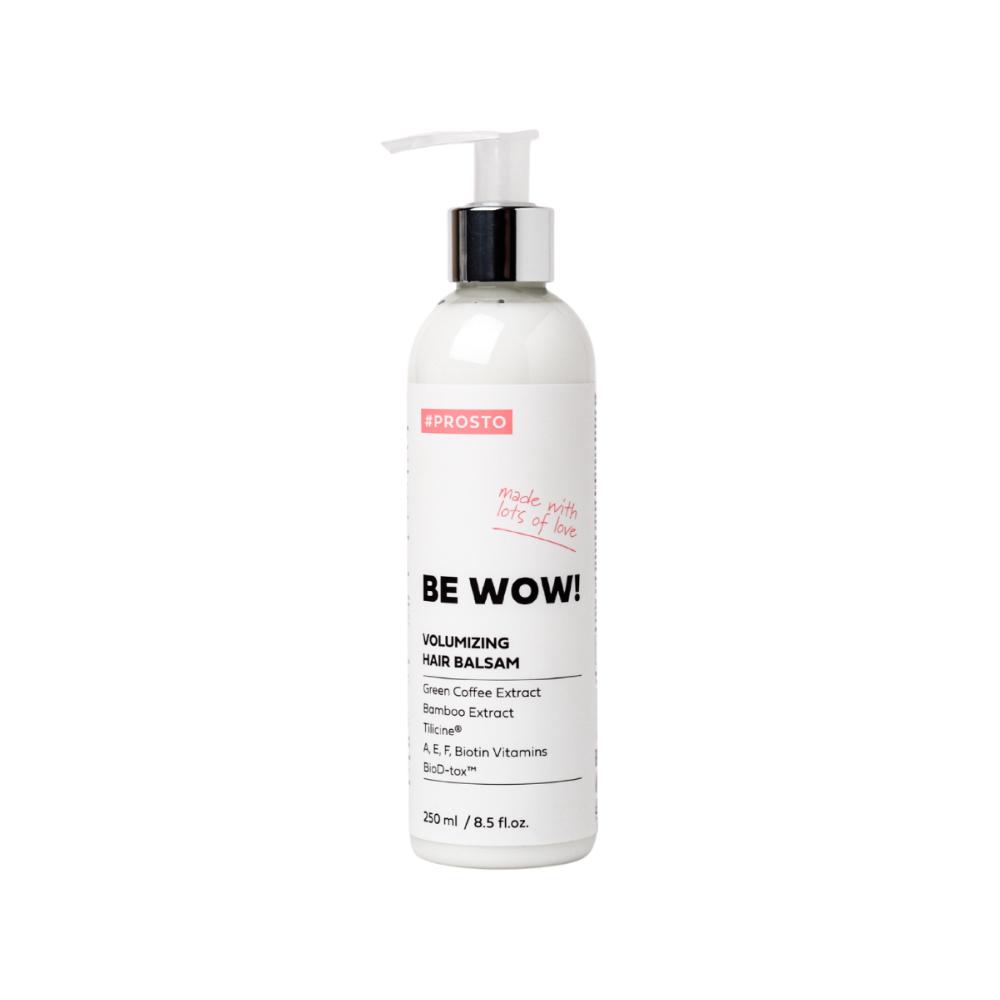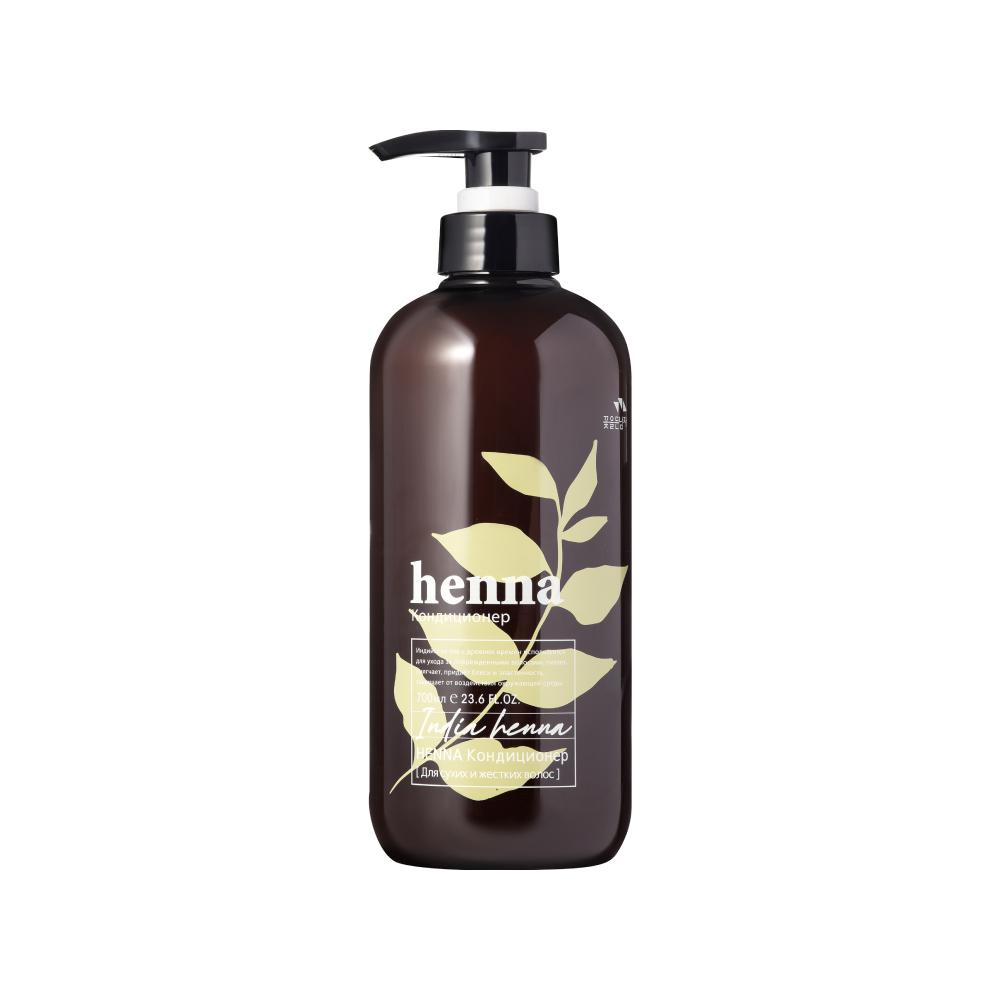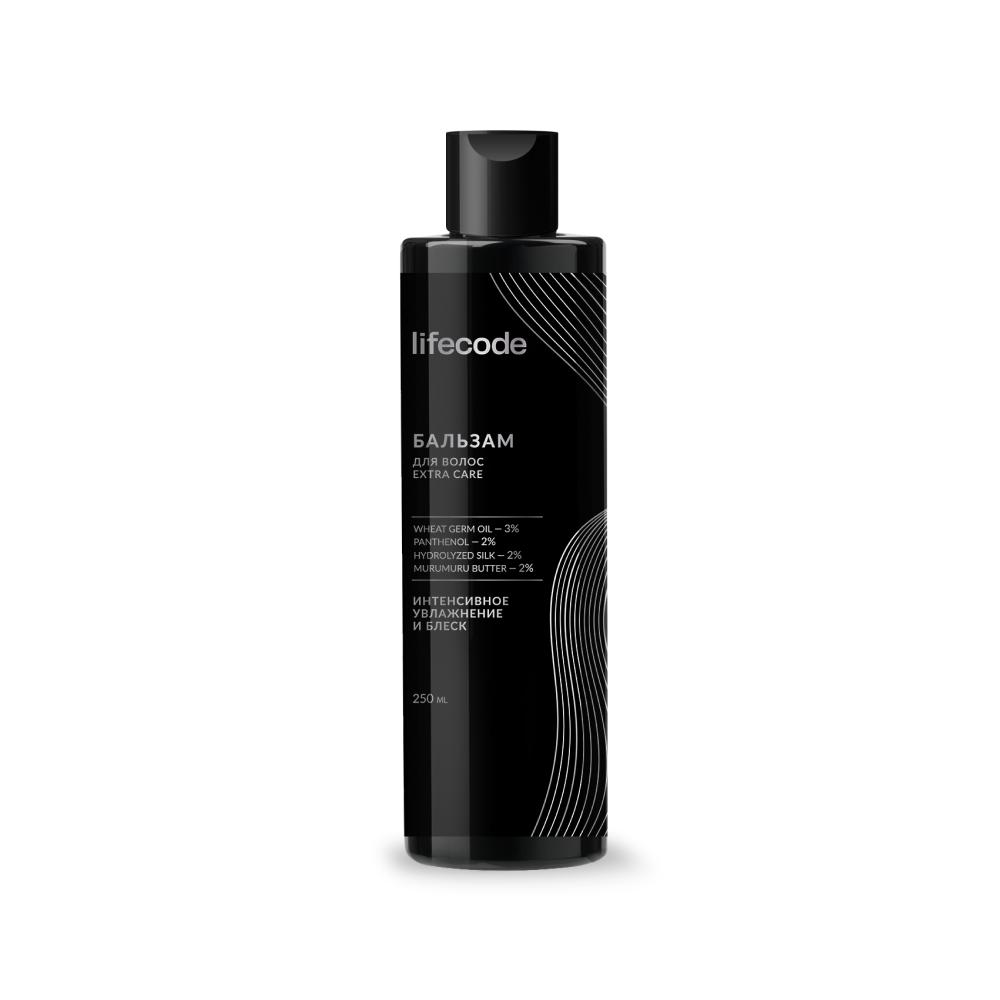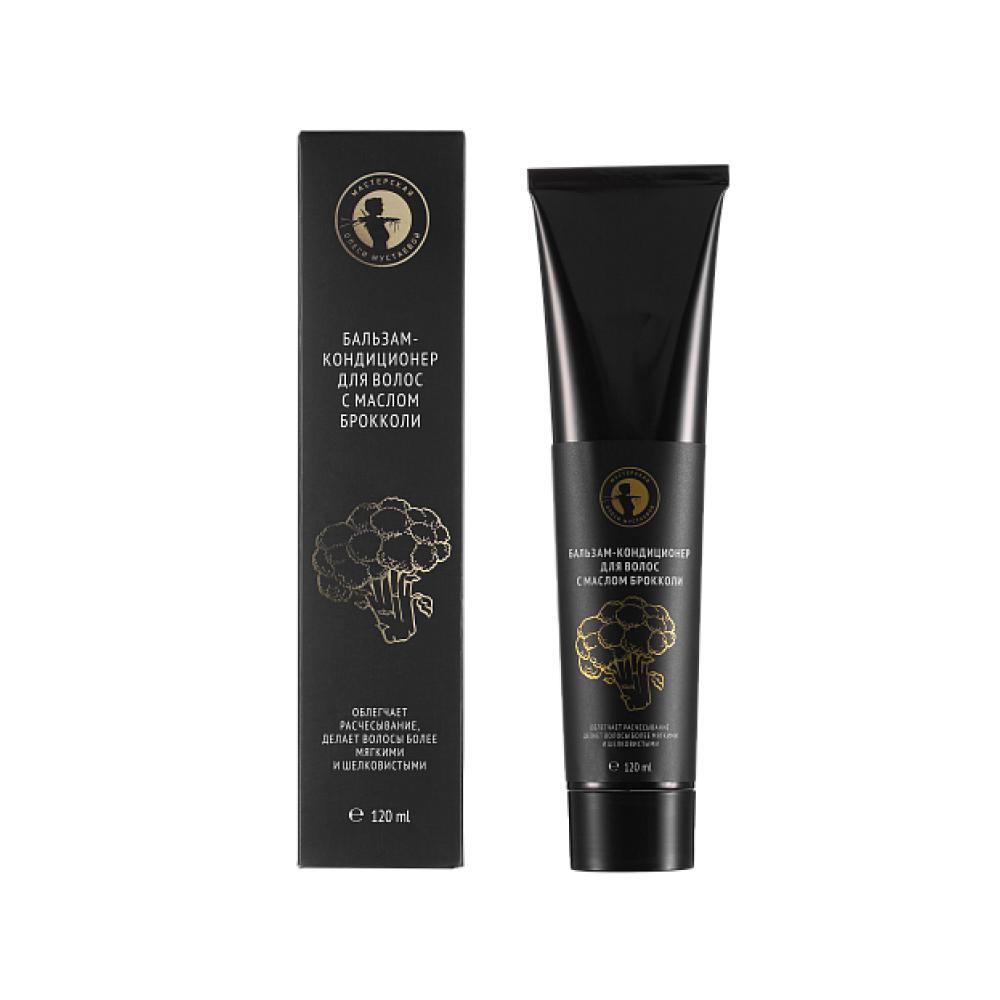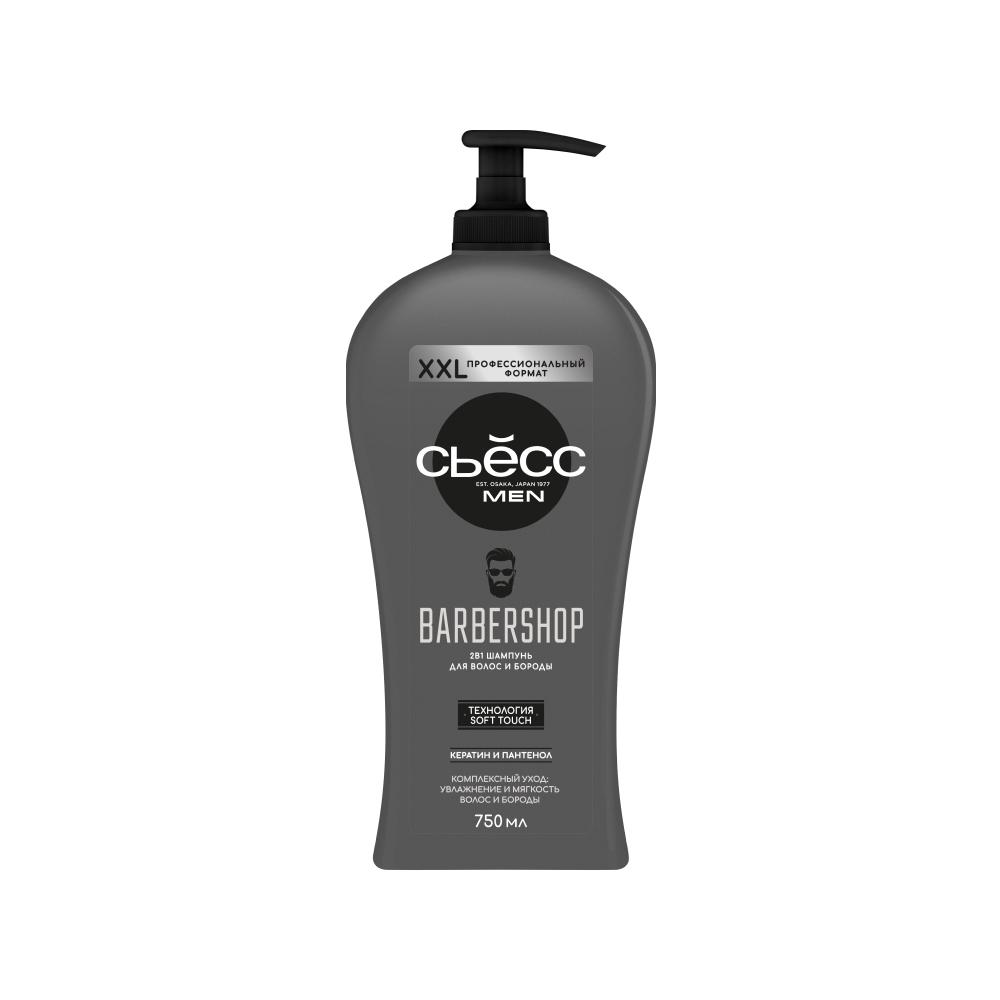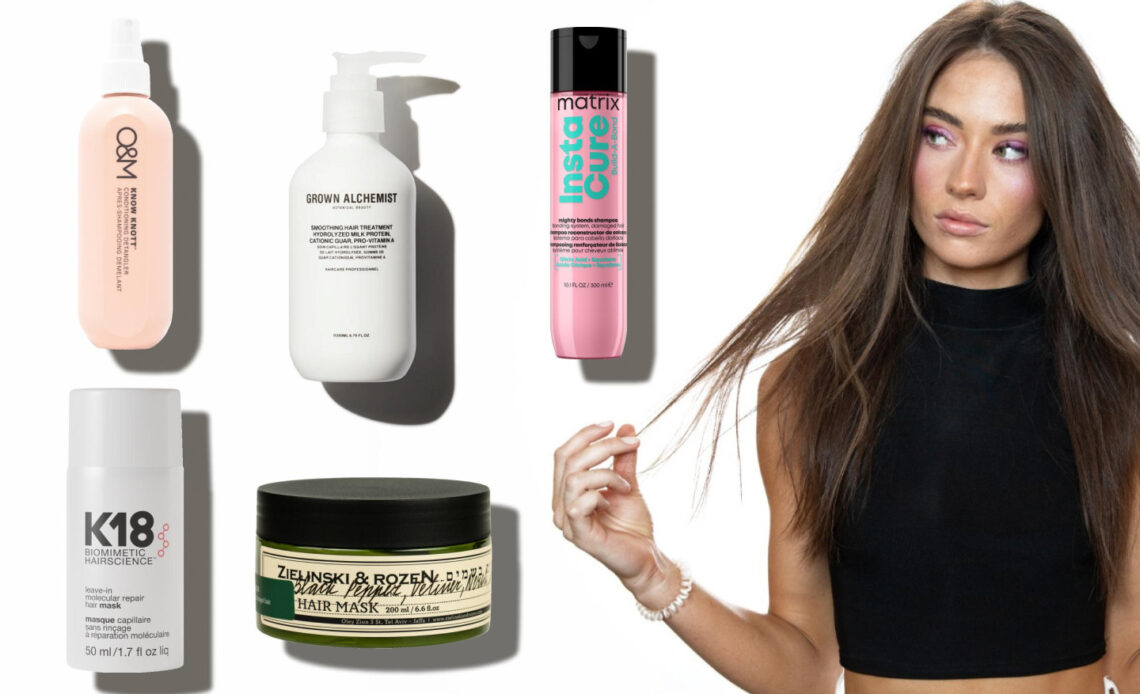
Content:
- How to tell if your hair is splitting
- Why does hair split?
- How to solve the problem yourself
- Salon treatments
How to tell if your hair is splitting
The main signs by which you can recognize split hair:
- Dullness. Hair loses its natural shine and looks lifeless. This is due to a violation of the hair structure and its inability to reflect light.
- Uneven ends. The ends of the hair become forked, split into several parts, or thinned.
- Fragility. Hair breaks off easily, especially at the ends.
- Confusion. Due to the uneven surface, it is difficult to go through split ends with a comb. Pay attention to the difficulties when styling: the hair clings to each other and is tied in knots.
- Hair loss. Split ends are weaker and thinner, which means they are more prone to hair loss, especially if they are in the growth phase.

The appearance of split ends may vary depending on the hair type. Thin ones usually look more damaged and break easily. Thick and curly hair may seem healthy at first glance – the splits are not so noticeable. However, despite the external differences, all hair types are equally affected by this problem.
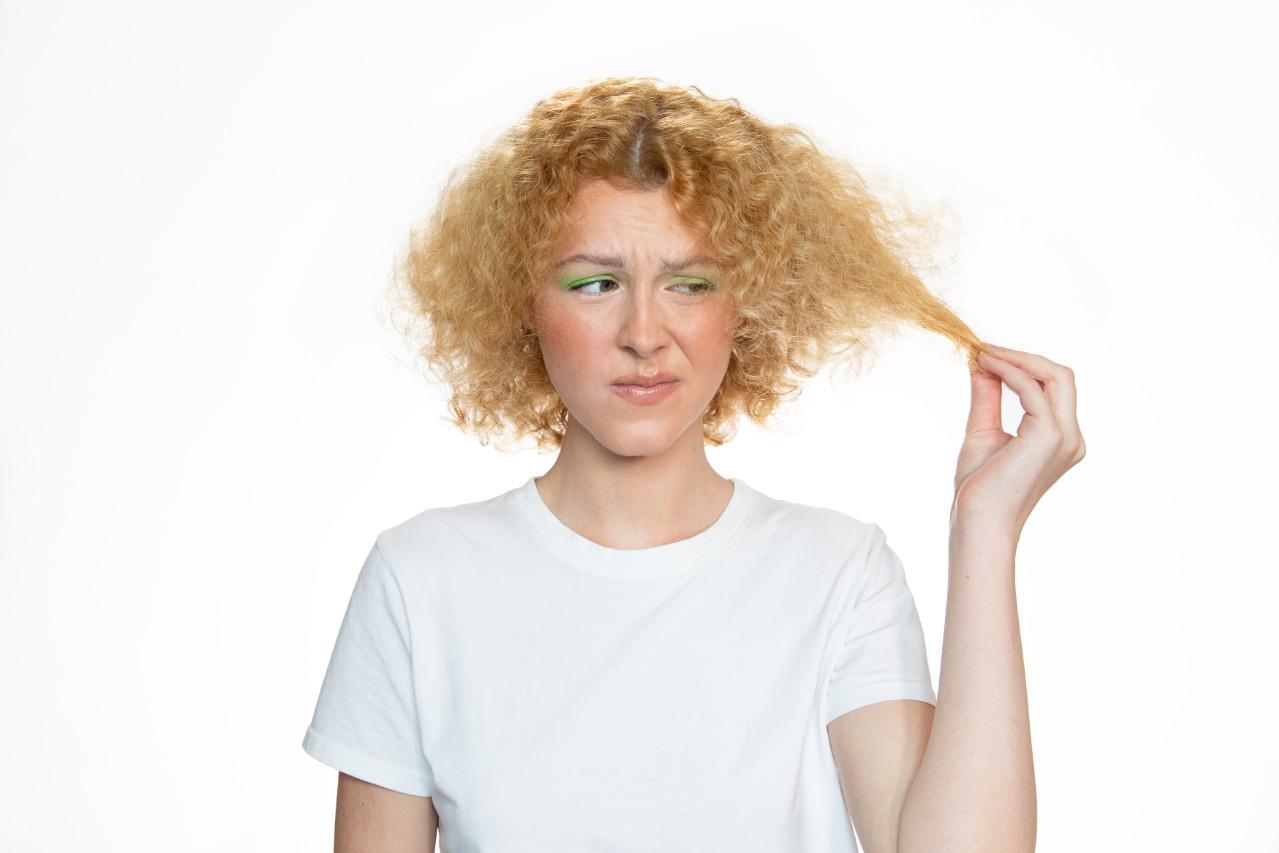
Why does hair split?
External reasons
- Hot styling without heat protection and on damp hair. Hair that is not completely dried is more vulnerable, and high temperatures destroy its structure, making it brittle and brittle. This is where special products come to the rescue, creating a protective barrier on the hair, preventing overheating.
- Overdoing it with styling. Many styling products contain harsh chemicals that dry out your hair. It is better to apply them after the curl has been formed.
- Sleeping with wet hair – they rub against the pillow, get tangled and damaged.
- Walking without a hat. Do not neglect a hat during prolonged exposure to the sun or cold.

Maksimovich also advises using thermal protection, which will not only protect hair from the effects of hair dryers and stylers, but will also help out those who like to go without a hat in winter for fear of ruining their hairstyle. “Thermal protection forms a protective layer on the hair and maintains volume. Many similar products also work as antistatic agents, saving you from scarves that electrify your hair,” explains the specialist.
Internal reasons
- Lack of vitamins. Vitamins A, E, and group B are especially important for hair health.
- Iron deficiency. Iron carries oxygen throughout the body, including delivering it to the hair follicles. Its deficiency affects the general condition of a person, including the condition of the hair.
- Hormonal disorders. Changes in hormonal levels cause dry and brittle hair.
- Stress. Due to intense experiences, blood circulation in the scalp is disrupted.
What to do if your hair splits
Hydration and nutrition
To improve the appearance of damaged hair, it is important to provide it with proper care – especially during the cold season, when even healthy hair needs additional attention.
“When choosing a shampoo, pay attention to its composition and avoid aggressive surfactants that can dry out and damage your hair,” advises Irina Zianbetova, expert technologist at the Aravia training center. — It is important to remember that for effective cleansing you do not need to use a large amount of shampoo. Focus on the scalp and root zone – this is where most of the impurities accumulate. Apply a little product to the area, lather and rinse gently. The length of the hair will be cleansed by the flowing foam.”
To keep your hair soft, smooth and easy to comb, do not forget about conditioner. Apply it after each wash to damp hair, distributing it over the entire length, but moving away from the roots. After a few minutes, rinse your hair thoroughly to remove all remaining product. This will help avoid weighting your hair and prematurely polluting your scalp.
Regularly use a nourishing hair mask with oils: coconut, argan, jojoba. It will help restore hair structure, fill damaged areas and retain moisture. It should be applied to the entire length, paying special attention to the ends, and left for 20-30 minutes, then rinse the hair thoroughly.
The final stage of care should always be the application of leave-in products that give the hair smoothness, shine, strength, and elasticity. They come in different formats: spray, fluid, serum.
What ingredients in the product should you pay attention to?
Irina Zianbetova, technologist-expert at the Aravia training center:
- Keratin – the main building protein of hair. It fills voids in the damaged structure, evens out the relief and fights porosity, deeply moisturizes, increases elasticity and firmness.
- D-panthenol (provitamin B5) penetrates deep into the hair structure and restores damaged areas. It protects against external influences and nourishes dry, weakened hair, giving it tone and smoothness.
- Jojoba oil Ideal for regenerating dull and lifeless hair. It replenishes lipid deficiency in the hair structure, improves its protective properties and increases resistance to temperature changes.
- Argan oil and vitamin E retain natural volume, give strands silkiness, smoothness and natural shine.
- Omega-3 has a revitalizing, strengthening and antioxidant effect, protects against split ends and does not weigh down the hair.
- Niacinamide smoothes the hair cuticle, making it firm and elastic, eliminates excessive dryness and activates metabolic processes.
“If there is already a section, unfortunately, it will not be possible to completely restore the hair,” adds the expert. – Only a haircut will help solve the problem. But it will significantly improve the appearance, visually “glue” the cut…

